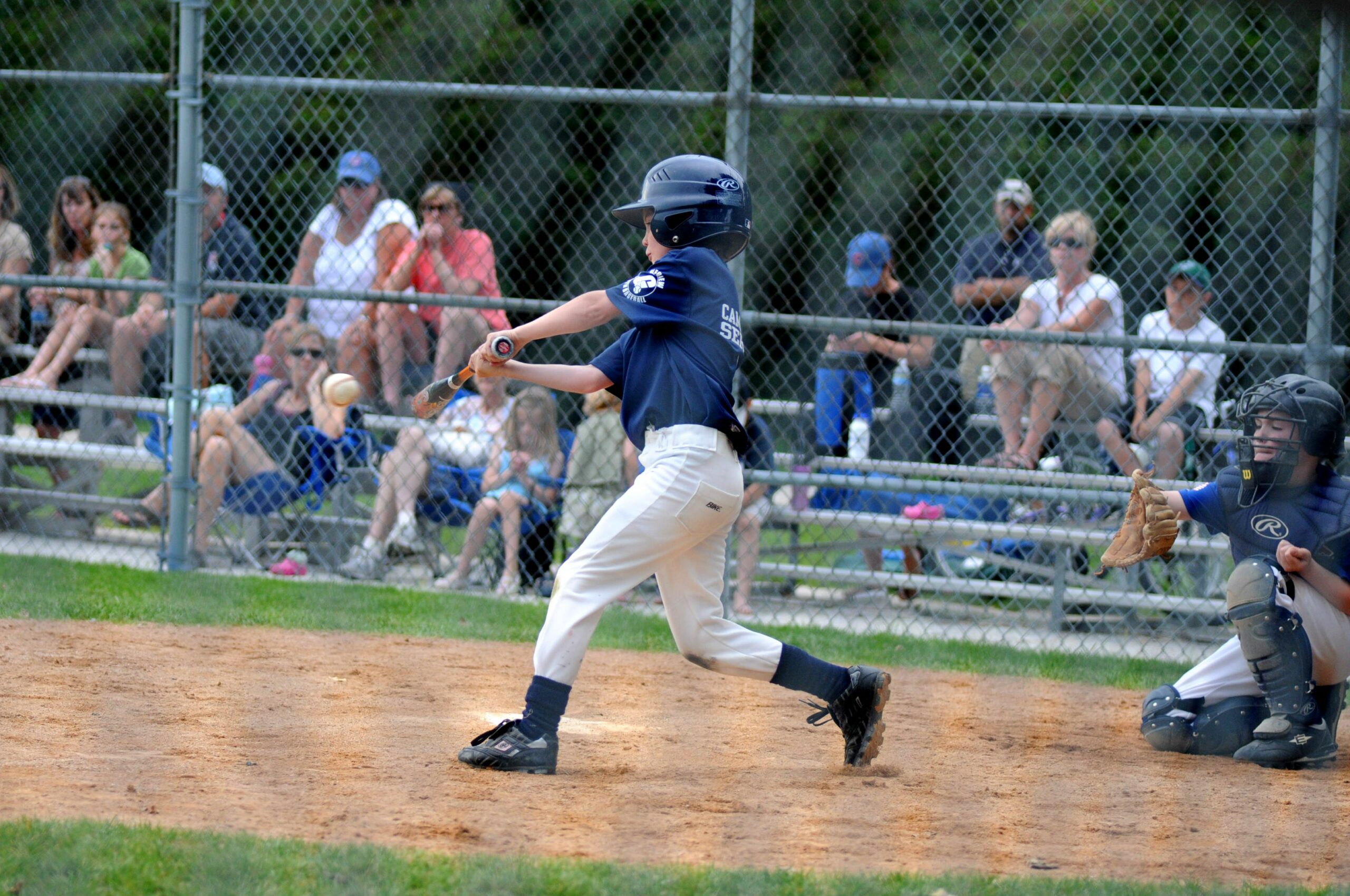Children are playing sports more competitively and more intensely than ever before, and with that, comes the risk of injuries due to “overuse.” In this article, we will cover how overuse can cause injury, how
Injuries in young athletes due to overuse tend to be caused by two sets of circumstances
- Lack of rest. More children and adolescents are specializing in a single sport and playing it year-round. As a result, they a) are not giving their bodies a chance to rest throughout the year and b) are using the same muscle groups over and over without adequate time to recover. Physical and emotional burnout and peer pressure may also follow, which can affect children’s physical wellbeing and cause the child to be more prone to injury. Contributing to the lack of rest as young single-sport athletes get to high school is that they are competing for college scholarships and the chance to take their sport to an even higher (e.g., professional) level. This further exacerbates the potential for injury that comes with prolonged sports activity.
- Improper conditioning. This often occurs when the young athlete has taken off a few months from their sport during a break. In this case, acute overuse injuries in children happen when the athlete returns full force to their sport without giving their developing bodies time to adapt to the demands of the field or court.
The highly competitive network of specialized coaches, college recruiters and hopeful parents looking to cultivate the next sports superstar need to be aware that the bodies of these young athletes are changing due to growth spurts and muscle development, which can make their muscles tighter. Therefore, better conditioning is needed to avoid injury. And by the end of the season, many of these athletes may feel worn out but continue to play because of their allegiance to the sport and to the team. Therefore, we advise parents and coaches to make sure student-athletes get enough rest and not play until the point of injury from overuse. We love our pediatric orthopedic patients, but we don’t want anyone injured needlessly!
The most prevalent overuse injuries in children from sports
- Baseball – A common sports injury in pitchers is the Tommy John elbow injury (named after the famous pitcher). This involves the ulnar collateral ligament that stabilizes the elbow as you pitch. The ligament can be stressed or torn from the repetitive motion of pitching (and other throwing sports). To repair this injury, we surgically reconstruct the ligament using a tendon from one’s own body or from a tissue donor; Tommy John was the pitcher on whom this procedure was first performed.
The full recovery time for overhead pitchers to return to their prior level of play can take up to a year, so athletes are advised to eliminate the number of pitches in a game to avoid getting hurt; but understand that as they grow, their muscles will develop to enable them to pitch longer. Note that although overhead throwing is more stressful to the arm, underhand softball pitches can cause similar overuse injury, as well.
- Swimming – Swimmers experience shoulder discomfort, especially in the rotator cuff, and lose their range of motion. Treatment for mild shoulder injury includes moderate swimming, cross-training with weights, and physical therapy to recondition this mobile joint and restore the balance between all shoulder muscles.
- Running – Runners get shin splints or stress fractures from the repetitive impact on the leg bones, Stretching should be performed several times every day to help prevent overuse injuries in children on the track. Because runners typically have tight calf muscles, treatment can be difficult. For cardio, we recommend they ride a bike or use an elliptical machine and perform stretching, coupled with icing and anti-inflammatory medication.
How to prevent overuse injuries?
While some children and teens are more limber naturally, most young athletes can prevent overuse injuries in children by stretching properly; this means stretching their entire body AND with a focus on certain muscle groups.
In addition to a good warmup, other measures to reduce the chances of an overuse injury are to:
- Stay hydrated
- Use the appropriate equipment for the muscle group you’re working
- Use that equipment properly
- Only use equipment that is in good condition; even running sneakers that look nearly new have shock absorbers that are worn out
- Maintain preseason/off-season conditioning; ramp up from your baseline by 10% each week in preparation for the sports season
Note of caution: Many young athletes are encouraged to take an anti-inflammatory BEFORE playing their sport, but this can lead to greater injuries since their pain is masked by the medicine and they become unaware of the injury they are doing their body.
If your child or teen is playing one or more sports competitively, and you need guidance from our team of experts on how to help prevent an overuse injury that will keep him or her on the sidelines, contact our office for a consultation.




